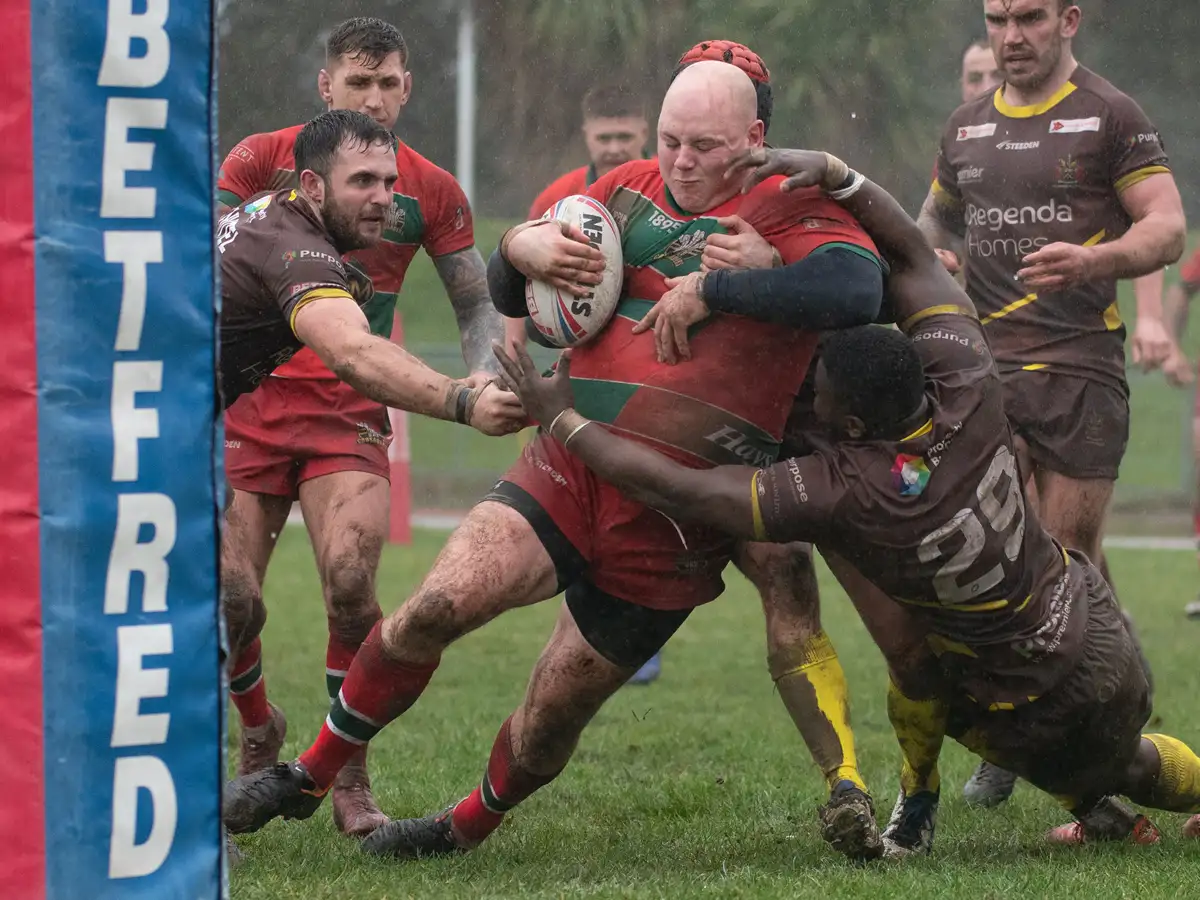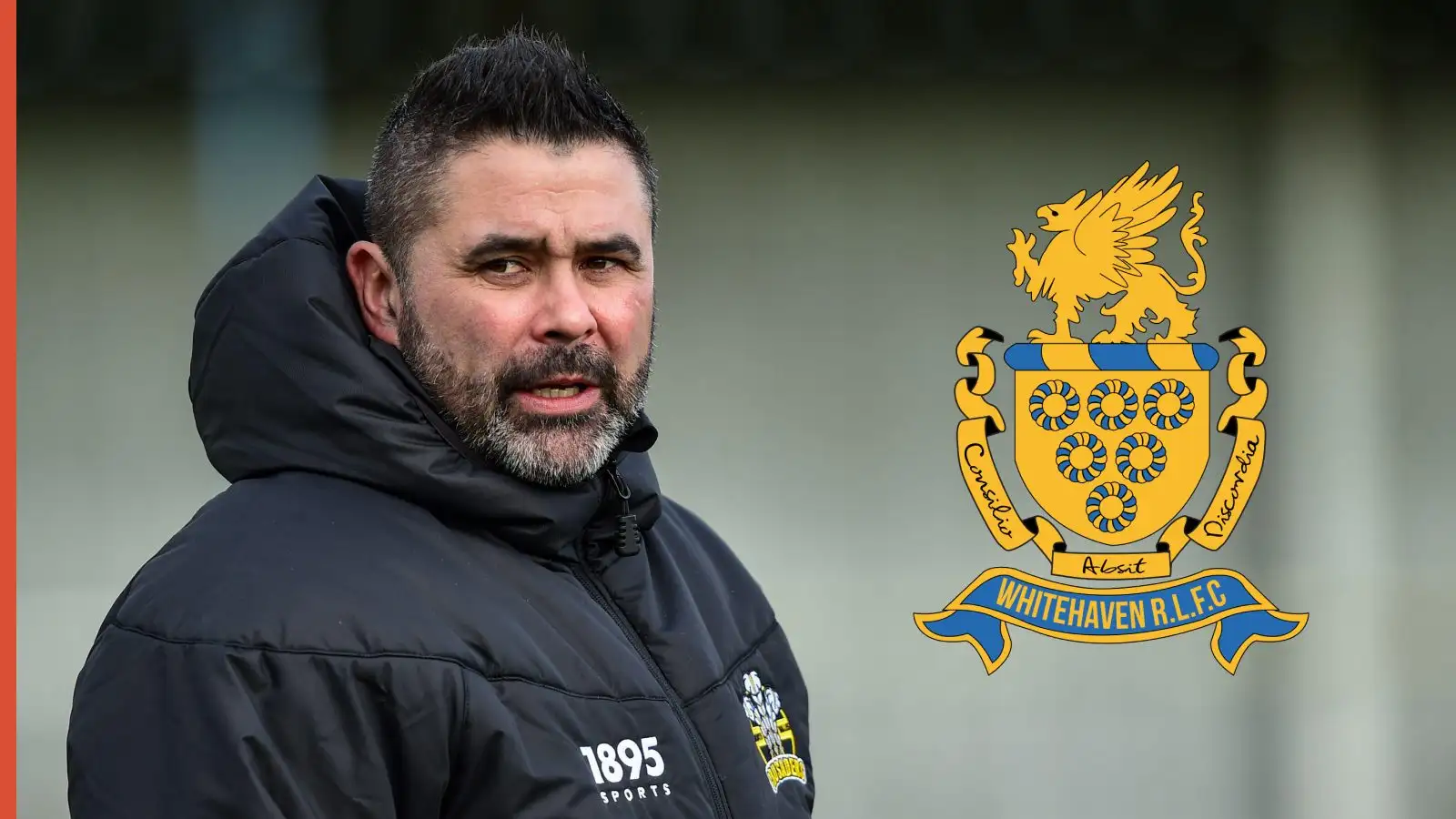Clubs facing race against time to get out of “horrible division”

Photo courtesy of Richard Long
The surprise decision by Keighley to part company with coach Craig Lingard shows the desperation of clubs to get out of League One.
Despite the planned inclusion of Ottawa and New York in the coming years, worries over the funding allocation and structure of the RFL means the clubs currently competing in the division are worried for their futures.
Even in the Championship, clubs know that if they aren’t able to get to Super League in 2020, then they are unlikely to be able to compete for several years, should the Ottawa and New York franchises have the same financial clout as Toronto have had.
It means a period of uncertainty for all the clubs leading up to the 2021 broadcast deal, which will have a considerable impact on the funding available to all clubs, not just in Super League.
Championship clubs are keen to arrange their own TV deal, as they believe that the division has shown its worth with its attendances and excitement in 2019.
But where that leaves those who aren’t fortunate enough to be in the Championship come d-day, remains to be seen.
More on re-structuring
Ottawa bid accepted by RFL for 2020 but New York made to wait
Editor’s column: New York and Ottawa should go straight in to Super League
Expansionist Blog: Tyrone McCarthy would love to see an Irish team enter League 1
Manchester Rangers withdraw team after League One snub
There are currently 11 clubs in League One – including Keighley, Cumbrian clubs Whitehaven and Workington who both have stadium re-developments planned, ambitious Newcastle Thunder and other expansion outposts such as North Wales, West Wales, London Skolars and Coventry Bears.
Keighley chairman Mick O’Neill was quoted in The Telegraph & Argus as saying: “In the last few months we’ve had time to analyse the club, what works well and what doesn’t, and everyone has worked tirelessly to put things right, on and off the field, to get the club out of this horrible division.
“We have two years to do this before the RFL restructuring, and there isn’t a moment to lose.
“We reviewed the last three season’s performances, and the recent two tough loses, and it seemed very real that the initial success we’ve had could be slipping away – we cannot allow that to happen – there isn’t time.
“We must throw everything we can at the club to get it promoted as soon as possible, and I am dedicated to doing this.”
It is unclear what shape the RFL re-structuring will take.
The inclusion of Ottawa and New York is perhaps at odds with the theory that League One could be scrapped altogether, though maybe an expanded Championship without a third tier will be seen as the way forward.
A lot will depend on the progression of not only Ottawa and New York, but also Toronto and Toulouse.
The Championship, in theory, could be made stronger if a Leeds or a Hull KR were relegated in place of an expansion side.
In 1999, the second and third tiers were merged to create the Northern Ford Premiership, which had 18 teams when it was split up again at the end of 2002.
National Leagues One and Two were re-established, effectively bringing back the old second and third divisions, in 2003 and were renamed to Championship and League One.
There was a National League Three set up at the same time, which was part of a move to create a pyramid below Super League.
However, it was absorbed in to the Rugby League Conference in 2007 as a summer league, before eventually moving under the National Conference League once the amateur game had moved to a summer season.



